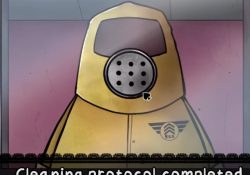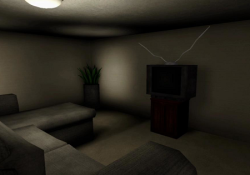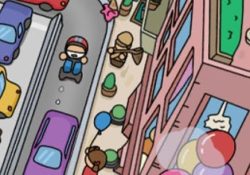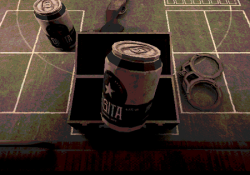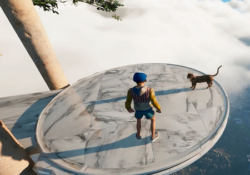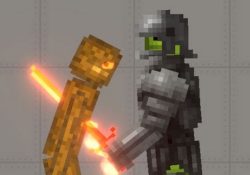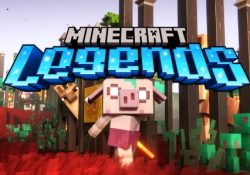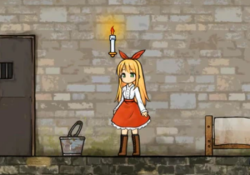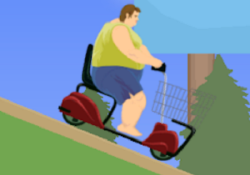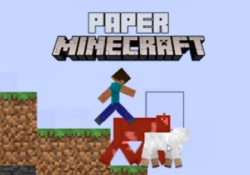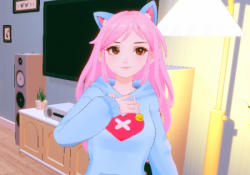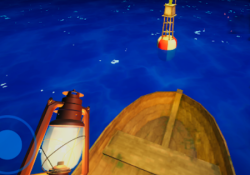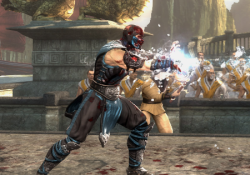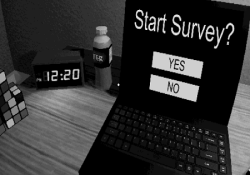Screw Away 3D Pin Puzzle introduces players to a puzzle-solving environment centered on disassembling mechanical objects. Each level presents a structure built from bolts, pins, and parts that need to be unscrewed in a specific sequence. The player must figure out the correct order and direction to remove each component without jamming the rest of the structure. The visuals focus on metallic parts and realistic movement, encouraging players to observe, rotate, and analyze before taking action.
Layers of Interaction
The game’s interaction system allows for full 3D rotation of the puzzle, giving players control over viewing angles and access points. Many puzzles rely on spatial awareness—what may seem simple from one side could reveal complexity from another. Screws must be removed in precise order, and a single mistake can block progress, requiring a restart. As levels advance, the mechanics introduce rotating arms, layered parts, and locked pins that must be unlocked through hidden steps.
What Makes the Game Engaging
- Full 3D puzzle objects with interactive parts
- Rotatable camera to inspect puzzles from all sides
- Increasingly complex layers of screws and components
- Logical progression with escalating challenge
- Minimalist design that focuses attention on mechanics
These features create an experience where success depends on careful observation and methodical problem solving.
From Curiosity to Strategy
Early levels of Screw Away 3D Pin Puzzle feel intuitive, but complexity increases quickly. The player transitions from basic mechanical removal to analyzing interlocking systems and predicting outcomes. Each structure becomes a test of logic and planning, rewarding patience and attention to detail. The absence of timers or pressure supports a relaxed experience while still engaging the brain with practical spatial reasoning. The game encourages experimentation and learning through trial and error.
Screw Away 3D Pin Puzzle provides a unique blend of tactile interaction and puzzle-solving in a digital format. It captures the satisfaction of taking apart a real object, breaking it into understandable parts, and learning through doing. This makes it appealing to players who enjoy slow, thoughtful gameplay built around problem-solving rather than speed or reflexes.



